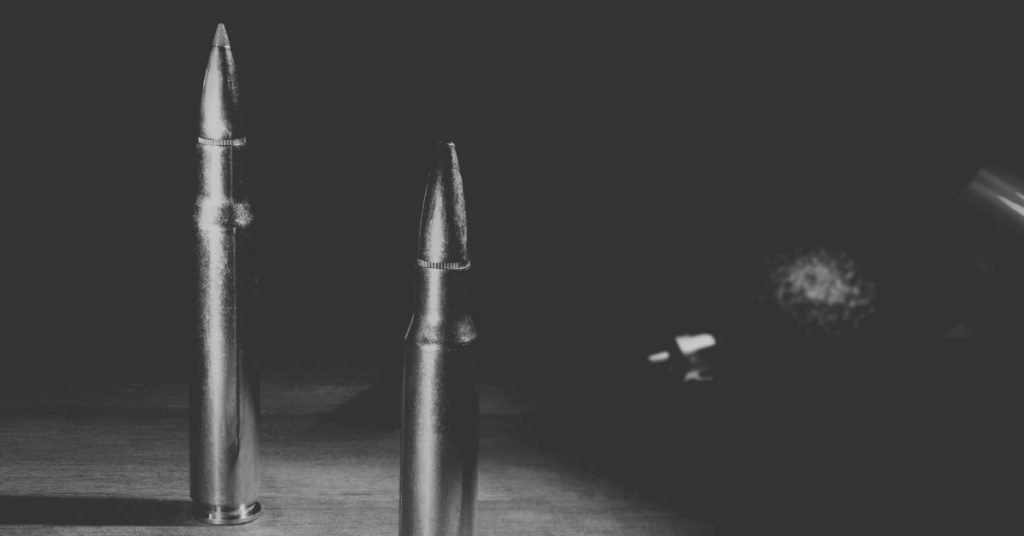The .30-06 is one of the best-known gauges to long arms. Today this type of ammunition is used in large quantities for the hunting. It offers excellent results in the abatement of species such as deer and wild boar.
Even though there have been new additions, the .30-06 is still a very popular in the hunting world. Its use is primarily confined to bolt-action rifles and semiautomatic rifles, both models in which the .30-06 exhibits its best performance.
One of the main features of this Centenary caliber is its versatility. In this sense, through a proper recharging the .30-06 is capable of supporting various types of projectiles that go from 100 to 220 grains, always offering a magnificent precision.
Different Uses
Originally the .30-06 was conceived as a gauge for the battlefield. Its birth goes back to the year 1906 (hence the second part of its name), date in which began to serve as official ammunition for the U.S. Army.
That first design was a successful evolution with respect to the .30-03 Springfield, a specifically designed to feed the Springfield M1903 rifle caliber. The first units of the .30-03 rode a 220 grains round nose projectile.
However, to see the supremacy that was showing the tips of Gothic design of the era Mauser rifles, the creators of Springfield decided to bet on a pointed projectile (also known as “Spitzer“) of 150 grains for the newborn .30-06.
This change enabled to enjoy a lighter and at the same time faster than the previous tip. Another significant variation occurred in the sheath.
Despite being also inspired by the of the 8x57mm Mauser, .30-06 designers decided to expand its size to 63.3 mm (by 56.9 mm, 8x57mm pod), thus obtaining a greater load capacity and more flexibility in charging.
History of 30-06 Ammo
The .30-06 ammunition or 7.62x63mm was one of the official United States Army cartridges during their intervention in the two world wars and in the war in Korea.
The caliber was used in rifle bolt-action M1903 Springfield, M1 Garand semi-automatic rifle, and the mythical BAR automatic rifle. It was even used in some light machine guns, such as the Lewis or the Browning M1919.
The caliber had both power and accuracy making it one of the most effective ammos at the time. Both weapon and ammunition, formed a perfect dance partner on the battlefield.
So much so that even today are remembered as one of the weapons most feared by the axis troops. Practically the same happens with the FN BAR, an imposing automatic rifle with a rate of fire between 300 and 650 cartridges per minute.
Despite its military career, the Korean War in the 1950s marks the beginning of the decline of the .30-06. And thus, was gradually being replaced by a new type of ammunition more according to the trends of the moment.
This ammunition was the new caliber .308, known in the military field such as 7.62x51mm NATO. The main difference between both calibers lies in the length of the sheath, 12 mm smaller in .308 Win in the .30-06.
This difference in size allows more possibilities of recharge for the .30-06 Springfield, which supports loads more powerful than the 7.62mm NATO.
Recreational Aspects
With regard to its more recreational aspect, the first rifle military for the .30-06 caliber was Winchester M1895. This lever model dates back to 1908. It was the first sports weapon that opted for this ammo for hunting.
Since then major weapons makers from around the world have designed countless rifles, prepared to shoot this versatile and effective ammunition.
It now competes with other similar performance gauges as the 8x57mm Mauser, the .300 Win Mag, and of course the .308 Win. Hunting, common with or even stalking, the .30-06 Springfield is still today the faithful companion of many worldly hunters.

